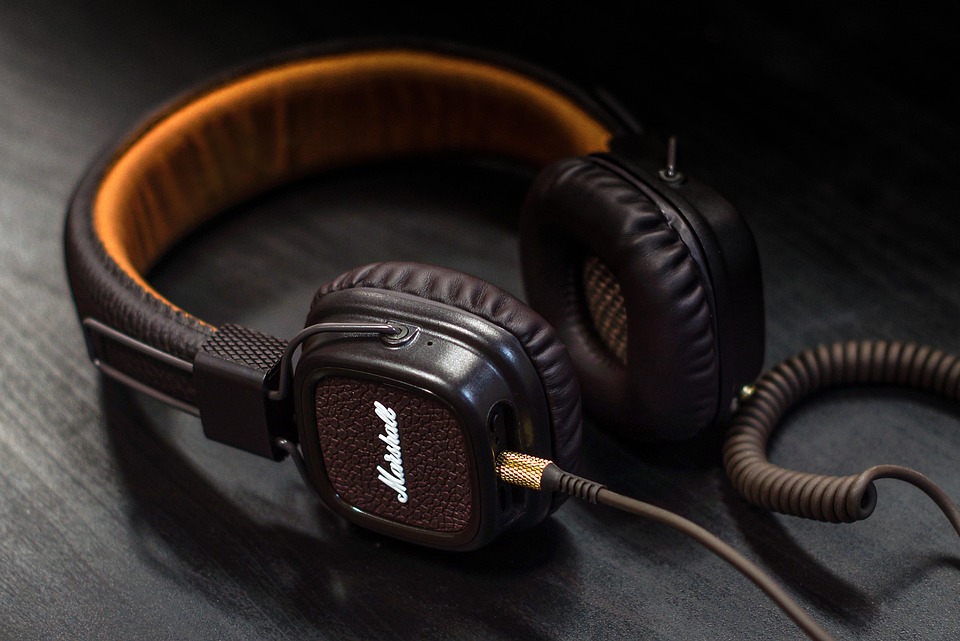The Origins of Chamber Music Traditions
Chamber music has a rich history that dates back centuries, with its origins rooted in the courts and palaces of Europe. The term “chamber music” refers to classical music pieces composed for a small group of instruments, typically one player per part. This intimate form of music making became popular during the Baroque and Classical periods, with composers such as Bach, Mozart, and Haydn writing some of the most iconic chamber music pieces of all time.
One of the key characteristics of chamber music is its emphasis on communication and collaboration between the musicians. Unlike orchestral music, where a conductor leads the ensemble, chamber music requires each player to listen closely to one another and respond in real time. This dynamic interaction between musicians is a hallmark of chamber music traditions and has influenced countless composers throughout history.
The Influence of Chamber Music Traditions on Modern Composers
While chamber music may have originated centuries ago, its influence can still be seen in the works of modern composers. Many contemporary composers draw inspiration from the intimate and collaborative nature of chamber music, incorporating elements of the genre into their own compositions.
One composer who has been heavily influenced by chamber music traditions is Pulitzer Prize-winning composer Caroline Shaw. Shaw is known for her innovative approach to composition, blending elements of classical, folk, and pop music in her works. She often writes for small ensembles, creating pieces that highlight the individual voices of each instrument while also emphasizing the collective sound of the group.
Another composer who has been inspired by chamber music traditions is Bryce Dessner, best known as the guitarist for the indie rock band The National. Dessner has written numerous chamber music pieces for ensembles such as the Kronos Quartet and the Los Angeles Philharmonic, drawing on his diverse musical background to create unique and compelling works.
Caroline Shaw: A Modern Champion of Chamber Music
Caroline Shaw is a prime example of a modern composer who has embraced the traditions of chamber music in her own work. Shaw first gained widespread acclaim in 2013 when she became the youngest recipient of the Pulitzer Prize for Music for her composition “Partita for 8 Voices.” This piece, written for the vocal ensemble Roomful of Teeth, showcases Shaw’s inventive approach to composition and her willingness to push the boundaries of traditional chamber music.
In addition to her work with Roomful of Teeth, Shaw has written numerous chamber music pieces for small ensembles, including string quartets and wind ensembles. Her compositions often feature intricate textures, complex harmonies, and unconventional performance techniques, all of which reflect her deep appreciation for the collaborative nature of chamber music.
Shaw’s music is known for its emotional depth and expressive power, qualities that have endeared her to audiences around the world. By drawing on the traditions of chamber music, Shaw has been able to create a unique musical language that speaks to both classical and contemporary listeners.
Bryce Dessner: Blending Indie Rock with Chamber Music
Bryce Dessner is another modern composer who has been influenced by chamber music traditions in his work. Best known for his work with the indie rock band The National, Dessner has also made a name for himself as a composer of chamber music. His compositions often blend elements of rock, folk, and classical music, creating a sound that is both eclectic and compelling.
One of Dessner’s most well-known chamber music works is “Aheym,” a string quartet written for the Kronos Quartet. This piece showcases Dessner’s ability to create rich textures and dynamic contrasts, drawing on the expressive possibilities of the string quartet ensemble. “Aheym” has been performed by ensembles around the world and has helped to establish Dessner as a leading voice in the world of contemporary chamber music.
In addition to his work with the Kronos Quartet, Dessner has collaborated with a wide range of musicians and artists, including the Los Angeles Philharmonic, Sō Percussion, and visual artist Matthew Ritchie. His willingness to experiment with different genres and styles has helped to redefine the boundaries of chamber music and has inspired a new generation of composers to explore the possibilities of the genre.
Conclusion
The influence of chamber music traditions on modern composers is undeniable, with many artists drawing inspiration from the collaborative spirit and intimate nature of the genre. Composers such as Caroline Shaw and Bryce Dessner have embraced the traditions of chamber music in their work, creating innovative and compelling pieces that challenge traditional notions of classical music.
By blending elements of classical, folk, and pop music, these composers have been able to create a unique musical language that speaks to audiences of all backgrounds. Their willingness to experiment with different genres and styles has helped to keep the traditions of chamber music alive and relevant in the 21st century.
As we continue to explore the rich history of chamber music and its influence on modern composers, it is clear that the genre will continue to inspire new generations of artists and audiences alike. Its timeless appeal and ability to bring musicians together in collaboration make chamber music a vital and enduring part of the classical music tradition.


